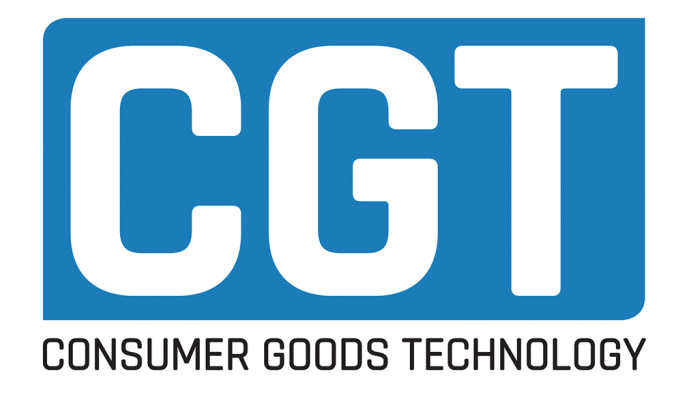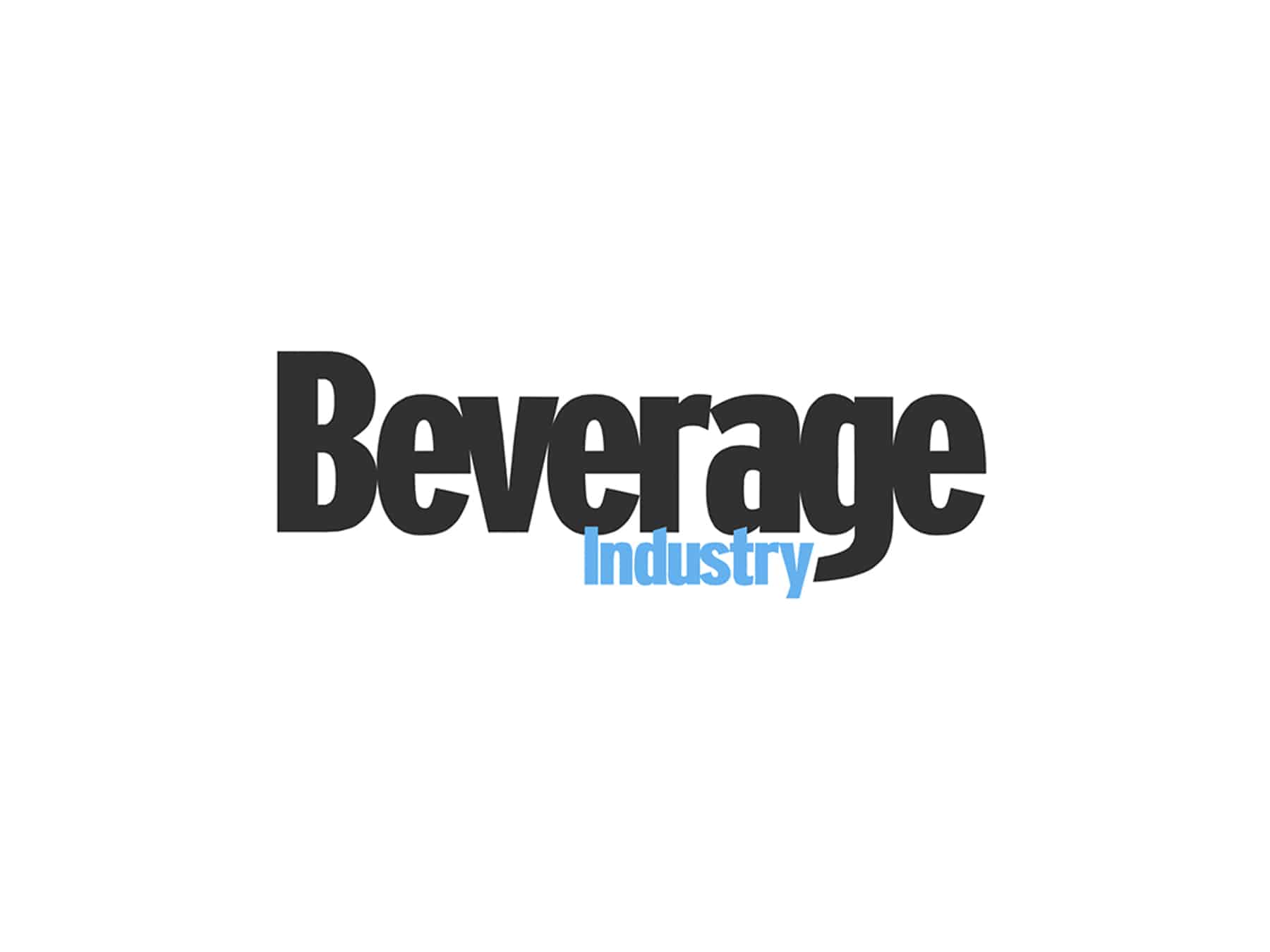
Anything new takes some getting used to, and a new data engine is no different — especially one as robust as Walmart Luminate.
In March, Walmart will officially transition consumer goods partners into its tiered Walmart Luminate data platform, and supplier partners will need to adjust to this next-generation program. As I wrote earlier, Walmart Luminate is truly game-changing, providing an unprecedented look into the shopping behaviors of more than 140 million households, plus never-before-shared online pickup and delivery data. With Walmart Luminate, brands have access to a level of reporting to grow their businesses in ways they never could before.
Of course, managing and understanding data as complex and revolutionary as what’s inside Walmart Luminate takes time to grasp. AI and predictive analytics can support brands by harmonizing the data and turning findings into actionable outcomes.
Here’s a look at how predictive analytics and our CPG-tailored AI expertise can assist brands using Walmart Luminate.
Supporting brands using Walmart Luminate
Walmart began rolling out Walmart Luminate to brands this fall, providing some CPGs a trial in how they might to use the data, particularly the Charter version of the program (see below summary of the data plans).

Walmart Luminate Charter is the paid tier. It gives brands complete access to shopper behavior data from millions of households, including loyalty data and custom reports on brand-switching behaviors. The full package also debuts behavioral insights on pickup and delivery, and shares robust scoring and recommendations from the Supplier Quality Excellence Program (SQEP). As part of SQEP, all Walmart suppliers are scored based on the condition of packages, pallets and products shipped to their distribution centers, for example. Charter delivers in-depth metrics on how the supplier is performing in those areas. It also has historical data and custom reporting capabilities that’s not available in the basic versions.
Brands that pay for the full service receive an exhaustive and extraordinary set of data that can seem overwhelming at first. For that reason, some CPGs will need assistance sorting it out. Insite AI’s services range from data integration and harmonization all the way to predictive analytics and scenario modeling meant to support each supplier given where you are on your individual AI journey.
Here are four ways predictive analytics and our team of engineers can help simplify the data and get more out of it:
Linking Walmart Luminate to other data-management programs.
Some CPGs may want to integrate Walmart Luminate into other data tools that they’re already comfortable working with, and our engineers can help connect the solutions. For example, a brand may want to continue using Power BI, the data visualization platform from Microsoft, but not know how to integrate Walmart Luminate into the solution. Our team can export the data and insights from Walmart Luminate and link it to a program like Power BI. Brands can get the most out of Walmart Luminate without needing to upend their data analysis habits.
Harmonizing Walmart Luminate insights with additional data sources.
Walmart Luminate provides unprecedented access to customer segmentation data and e-commerce insights, but brands still want to leverage findings from other sources such as third-party panel data, programs like 84.51, macroeconomic data and other external sources. Insite AI’s AI modeling can take the data and harmonize it into one single version of the truth. No matter the source, it’s all big data that feeds into the AI, and our solution harmonizes the information and delivers insights in a format that’s meaningful and easy to understand.
Recommending strategic actions based on the Walmart Luminate insights.
With Large Language Models (LLMS) steeped in retail knowledge, our CPG-focused AI-powered solutions and services can help explain the data. Predictive analytics and AI models can take Walmart Luminate data, create accurate forecasts on a product’s demand and explain why sales may spike or decline in the coming months. Perhaps a rise in gas prices will increase online sales of a product? AI can add a layer of “explainability” to the robust Walmart Luminate data stream. By uncovering the in-depth meaning behind the insights, you can see the trajectory of your business and discover talking points for sales and merchant teams to help drive the business forward.
Enterprise solutions tools that solve business needs within revenue growth management, assortment planning/modular planning, macro/micro space optimization, pricing, pack architecture, forecasting and strategic business planning. By leveraging AI/ML powered solutions, brands can set and visualize multiple goals and obtain proactive and prescriptive recommendations with data explainability. These solutions are embedded within your cloud so your data never leaves the safety of your environment. Let’s say you are wanting to run TPAs (Temporary Price Adjustments) across a few brands or items to see if it will generate a lift in volume and revenue and if that lift will be maintained if you decide to make that your new retail. Our enterprise pricing tool integrates Luminate data alongside other internal and external disparate data sources and utilizes our price elasticities model, using forecasted vs historical data, generating the ideal retail price points to drive the goals of increased volume and revenue.
Walmart Luminate will be a force in 2024 as brands take advantage of the data to learn more about their shoppers and product performance online and in stores. Leveraging AI and predictive analytics, consumer goods companies can harmonize the data and get insights explained.
Whether it’s bringing expertise to sync Walmart Luminate to other internal data solutions or tailoring predictive analytics models to meet backend technical needs, we can craft custom solutions that meet a brand’s specific business goals.






